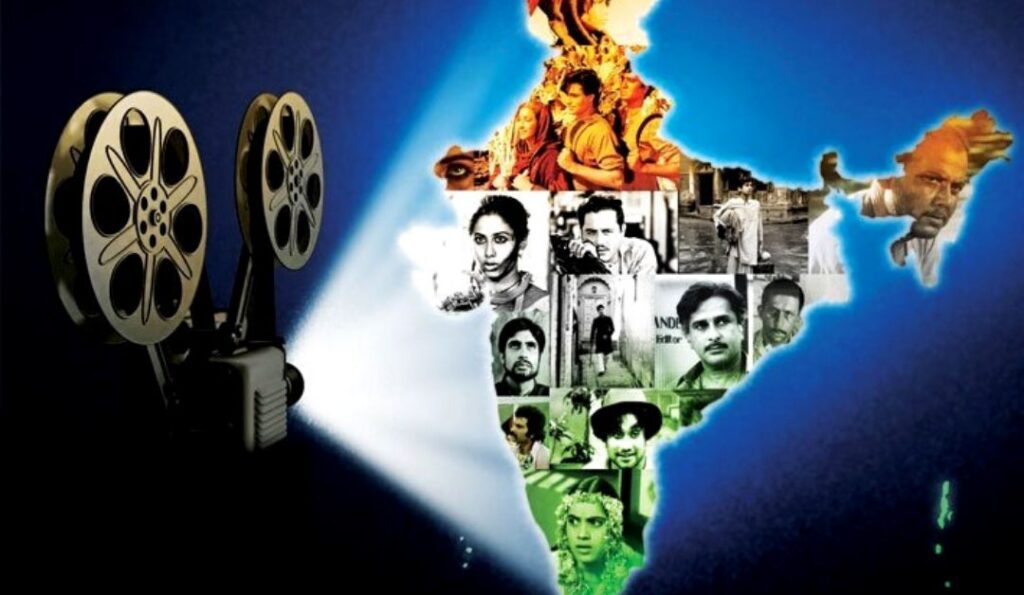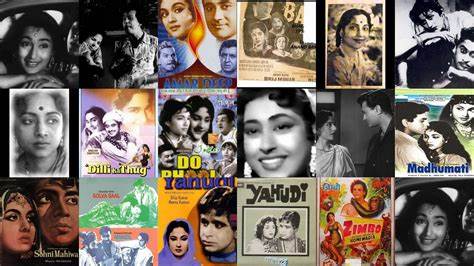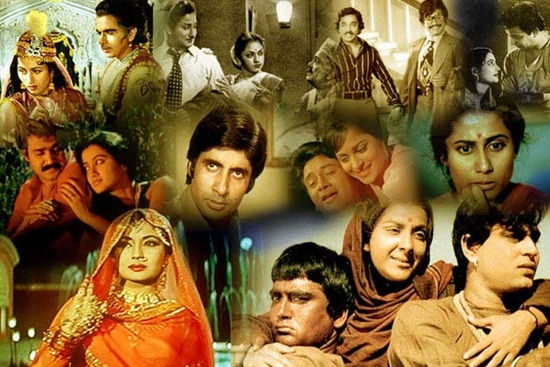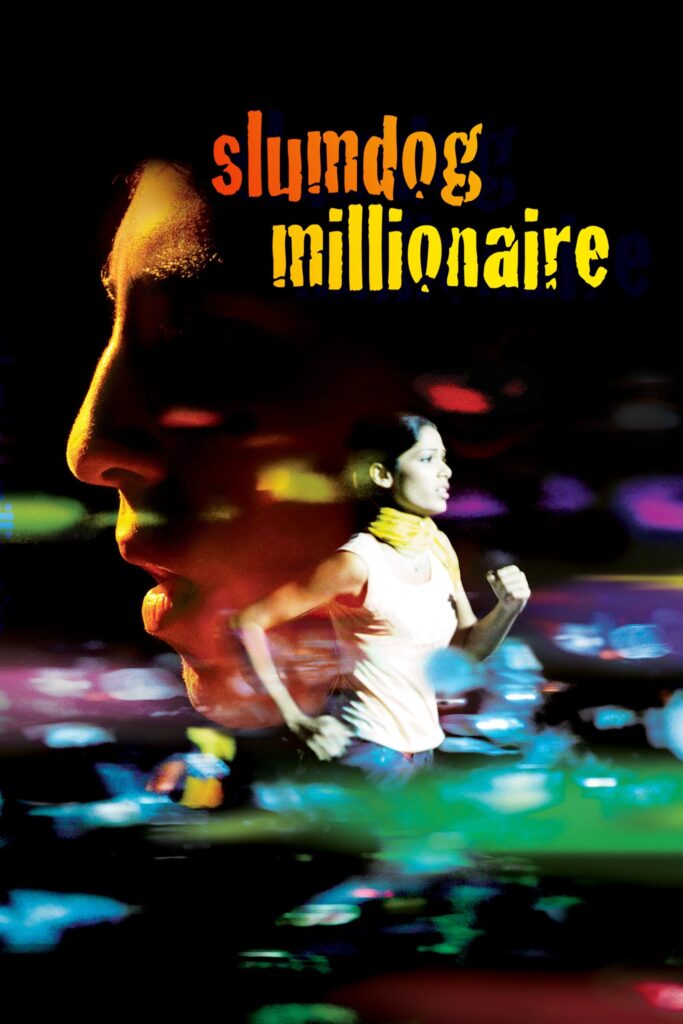The Indian film industry that produces films in Hindi and is based in Mumbai is referred to as Indian cinema or Bollywood. It produces a large number of films annually in a variety of languages and genres, making it one of the largest film industries in the world. Indian cinema has a worldwide following and recognition due to its musical numbers, vibrant production design, and larger-than-life characters and plotlines. Indian cinema has become an important part of popular culture over the years, influencing not only the Indian entertainment industry but also the rest of the world.
History of Indian Cinema
Short silent films were first shown in India in the late 19th and early 20th centuries, beginning the history of Indian cinema. The release of “Raja Harishchandra,” the first Indian feature film, in 1913 marked the beginning of the Indian film industry.
The majority of early Indian films were produced in Hindi and Marathi, and they were mostly made in Bombay (now Mumbai). However, over time, regional film industries emerged, producing films in Bengali, Telugu, and Tamil, among other languages.

Indian cinema experienced a golden age in the 1940s and 1950s, when directors like Satyajit Ray, Raj Kapoor, and Bimal Roy made significant contributions to the field. In addition, the “Bollywood” film industry emerged during this time period, producing a distinct style of Indian cinema characterized by imaginative production design, memorable music, and larger-than-life storylines.
Indian cinema went through a period of experimentation and innovation in the 1960s and 1970s, when filmmakers tried out new styles and techniques. Parallel cinema, which emphasized realistic and socially relevant storytelling, also emerged during this time period.

With the introduction of new technologies and the rise of the video market, Indian cinema continued to develop and mature in the 1980s and 1990s. In addition, new stars emerged during this time, and the Bollywood film industry maintained its popularity.
Indian cinema has continued to develop and expand over the past few years, with new themes and styles being explored by directors and actors making their mark in India and abroad. Indian filmmakers and actors have received awards from international film festivals and awards shows like the Oscars and the Golden Globe Awards, demonstrating that Indian cinema has also gained worldwide recognition and popularity.
One of the world’s largest film industries, Indian cinema has a long and storied past as well as a vibrant and dynamic present.
The Industry
There are many languages, production centers, and genres represented in the vast Indian film industry. Both in terms of output and employment, it is one of the largest film industries in the world. The business is primarily based in Mumbai, which used to be called Bombay. Other important production centers are in the southern states of India, like Chennai and Hyderabad.
In Indian cinema, Hindi is used the most, followed by Bengali, Telugu, and Tamil, which are all regional languages. Dramas, comedies, action films, romances, and musicals are just a few of the genres covered by the industry. The extravagant musical numbers that can be found in Indian films are well-known for their large-scale dance productions.

The Indian film industry is influenced by both more contemporary Western storytelling and traditional Indian cultural themes. Major film production studios, talented filmmakers, actors, and musicians are among the industry’s key players. There have also been a number of talented female directors and producers who have emerged in Indian cinema and are having a significant impact on the industry.
The Indian film industry as a whole is a thriving entity that keeps its distinctive cultural and aesthetic qualities while expanding and evolving.
Notable Features and Characteristics
Indian cinema is known for its distinct and vibrant aesthetic, which includes a number of distinctive characteristics that have come to be associated with Bollywood films. The following are a few of the most notable aspects and characteristics of Indian cinema:
Musical Numbers: The elaborate musical numbers that are featured in Indian films are well-known for their beautiful sets, lively dance routines, and memorable songs. These musical numbers are used to tell the story, show emotions, and entertain the audience. They are an essential part of the story.

Colorful Production Design: The vibrant production design of Indian films, with their elaborate costumes, sets, and special effects, has earned them a reputation. Indian cinema is known for its use of vivid colors, intricate designs, and imaginative set pieces, which contribute to the films’ visual appeal.
Characters and plots that are larger-than-life: Larger-than-life characters and dramatic, larger-than-life plots are common in Indian films. These elements, which are intended to captivate and engage audiences, are frequently exaggerated for maximum impact.

Themes from culture and society: Cultural and social issues like family values, love, tradition, and the place of women in society are frequently addressed in Indian films. These themes reflect Indian society’s values and beliefs and offer a glimpse into the complexities of Indian culture.
These distinctive aspects of Indian cinema have contributed to the creation of the industry’s distinctive style and aesthetic, distinguishing it from other film industries worldwide. They also play a role in the continued success of Indian films, both domestically and internationally.
Global Reach and Recognition
Over the years, Indian cinema has become well-known and popular all over the world, reaching audiences in numerous nations. Indian cinema has had an impact on the world stage in the following ways:
International acclaim: Many nations, particularly in South Asia, the Middle East, and a portion of Europe and Africa, have a large following for Indian films and filmmakers. The distinctive aesthetic, vibrant visuals, and memorable music of Indian cinema have contributed to this popularity.

Recognition and Awards from Around the World: International film festivals and awards shows like the Oscars, the Berlin International Film Festival, and the Cannes Film Festival have given Indian actors and filmmakers awards and recognition. Indian cinema’s talent and creativity have been brought to a wider audience as a result of this recognition.
Effects on the Film Industry as a Whole: In terms of its musical numbers and imaginative production design, Indian cinema has also had an impact on other film industries worldwide. Indian cinema’s style and methods have influenced a growing number of international filmmakers, influencing the global film industry.
The recognition and global reach of Indian cinema are evidence of its popularity, originality, and long-lasting appeal. New audiences are being reached and the film industry is being influenced in new and exciting ways by the industry’s ongoing expansion and development.
Indian Cinema in Oscars
Indian filmmakers and actors have been honored for their contributions to the film industry at the Oscars, which have been held several times. Here are some notable examples:
“Slumdog Millionaire” (2008): The film “Slumdog Millionaire” Danny Boyle’s film won eight Academy Awards, including Best Picture, Best Director, and Best Adapted Screenplay. The powerful narrative, vibrant production design, and memorable musical numbers of the India-set film received widespread praise.

“Life of Pi” (2012): Ang Lee directed this movie, which won four Oscars, including Best Visual Effects and Best Director. The film, which was inspired by Yann Martel’s novel of the same name and was set in India, received praise for its stunning visuals and imaginative storytelling.

“Lion” (2016): Six Oscar nominations were submitted for this Garth Davis-directed film, including Best Picture, Best Supporting Actor, and Best Original Score. The powerful performances and moving storytelling of the film, which was based on the true story of a young Indian boy who is lost before being adopted by an Australian couple, received praise.

“The Sound of Metal” (2021): Darius Monsef’s film won two Oscars, including Best Sound Editing and Best Film Editing. Riz Ahmed, who is of Indian descent, plays the lead in the movie.

These are just a few examples of how the Oscars have honored Indian cinema. The contributions that Indian actors and filmmakers have made to the film industry are widely acknowledged and celebrated, and they continue to leave their mark on the international stage.
Indian Cinema in Golden Globe
The Golden Globe Awards have also honored Indian cinema, honoring Indian actors and filmmakers for their contributions to the industry. Here are some notable examples:
“Slumdog Millionaire” (2008): The film “Slumdog Millionaire” Danny Boyle’s film received two Golden Globe nominations, including Best Picture – Drama and Best Director – Motion Picture.
“Lion” (2016): This film, directed by Garth Davis, was up for two Golden Globe Awards, including Best Drama Film and Best Actor in a Supporting Role for Dev Patel.
“The White Tiger” (2021): Both Best Motion Picture – Musical or Comedy and Best Actor – Motion Picture Musical or Comedy (Adarsh Gourav) were up for grabs in this Ramin Bahrani-directed film.
These are just a few examples of how the Golden Globes honored Indian cinema. Indian actors and filmmakers continue to leave their mark on the international stage and are widely acknowledged for their contributions to the film industry.
Conclusion
In conclusion, Indian cinema has made significant progress since its inception and has emerged as a significant player in the global film industry. Indian cinema has gained recognition and popularity worldwide thanks to its distinctive aesthetic, imaginative storytelling, and memorable soundtrack. Further demonstrating the industry’s talent and creativity, Indian actors and filmmakers have received awards and recognition from prestigious international film festivals and awards shows, such as the Oscars and Golden Globe Awards. Indian cinema will undoubtedly continue to captivate and inspire audiences at home and abroad as it continues to develop.
FAQs
What is Indian cinema?
The film industry based in India that produces films in Hindi, Bengali, Telugu, and Tamil is referred to as “Indian cinema.” Indian cinema is renowned for its distinctive aesthetic, imaginative narratives, and memorable soundtracks.
What started Indian cinema?
The screening of short silent films in the late 19th and early 20th centuries is where Indian cinema got its start. The release of “Raja Harishchandra,” the first Indian feature film, in 1913 marked the beginning of the Indian film industry.
What are some popular genres of Indian cinema?
Drama, action, comedy, romance, and musicals are among the most well-known film genres in India. In addition, Indian films are renowned for their outrageous plots, memorable soundtracks, and imaginative production designs.
What notable accomplishments has Indian cinema made?
Indian filmmakers and actors have received recognition and awards from international film festivals and awards shows like the Oscars and the Golden Globe Awards, demonstrating that Indian cinema has gained worldwide recognition and popularity. In terms of its musical numbers and imaginative production design, Indian cinema has also had an impact on other film industries worldwide.
Who are some of India’s most notable actors and directors?
Satyajit Ray, Shah Rukh Khan, Aamir Khan, Amitabh Bachchan, and Priyanka Chopra are among the notable Indian actors and directors. These actors and filmmakers have contributed significantly to Indian cinema and have received recognition for their skills in India and abroad.







